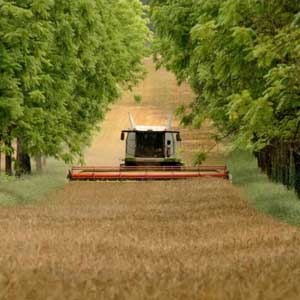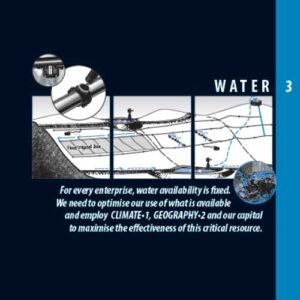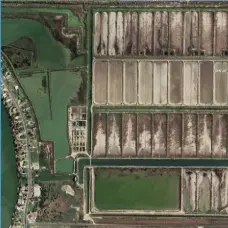Why is Regenerative Agriculture Important?
In today’s world, where environmental concerns and the need for sustainable practices are more pressing than ever, regenerative agriculture has emerged as a beacon of hope.
This transformative approach to farming offers a multitude of benefits that extend beyond the fields and into the broader realms of the environment, economy, and society.
At its core, regenerative agriculture represents a fundamental shift in how we interact with the land, emphasizing harmony with nature and the cultivation of a healthier, more resilient planet.
In this article, we delve deep into the significance of regenerative agriculture and why it has become an imperative practice for a sustainable future.
Restoring Soil Health
Central to the concept of regenerative agriculture is the restoration of soil health. Soil is not merely dirt but a living ecosystem teeming with microorganisms, fungi, and insects.
Healthy soil is the foundation of agriculture, providing essential nutrients to plants and promoting their growth.
Unfortunately, conventional farming practices, such as excessive pesticide and synthetic fertilizer use, have led to soil degradation and erosion.
Regenerative agriculture takes a different approach. It prioritizes soil health & the regeneration of nature’s cycles.
Practices such as crop rotation, cover cropping, and no-tillage, all aimed at improving soil health. These techniques not only increase soil fertility but also enhance its water-holding capacity, mitigating the effects of droughts and floods.
Healthy soils sequester carbon, a critical factor in combatting climate change, making regenerative agriculture a powerful tool in the fight against global warming.
Solutions
Nature-Based + Disruptive Solutions
Biodiversity Regeneration
The monoculture model of conventional agriculture, where vast stretches of land are dedicated to a single annual crops, has had detrimental consequences for biodiversity.
It disrupts natural ecosystems, leading to a decline in plant and animal species. Regenerative agriculture, on the other hand, fosters biodiversity by creating a more diverse and dynamic landscape.
Through practices like agroforestry and the combination of crop and animal rotation; regenerative farming encourages the coexistence of various plant species. This, in turn, attracts a wider range of pollinators, beneficial insects, reducing the need for harmful pesticides. In addition, interplanted trees provide a habitat for birds. The result is a thriving ecosystem where both the crops and the environment benefit.
Solutions
Nature-Based + Disruptive Solutions
Water Conservation
Water scarcity is a growing concern worldwide, making efficient water use in agriculture imperative. Conventional agriculture often relies on excessive irrigation, dependent on pumps & well which depletes water resources and disrupts natural water cycles.
Regenerative agriculture promotes water conservation through techniques such as gravity fed system ie Keyline design. This captures all water runoff and enhance soil’s ability to retain moisture.
By improving soil structure and increasing organic matter, regenerative practices create a sponge-like effect, allowing water to infiltrate and replenish aquifers. This not only benefits the farm but also helps in the restoration of nearby watersheds and the overall health of ecosystems.
Solutions
Nature-Based + Disruptive Solutions
Resilience to Climate Change
The impacts of climate change, such as extreme weather events, droughts, and unpredictable growing seasons, pose significant challenges to agriculture. Regenerative agriculture, with its focus on building healthy and resilient ecosystems, offers a solution.
Diverse crop rotations and polyculture planting make farms less susceptible to pests and diseases, reducing the reliance on chemical inputs. Healthy soils sequester carbon dioxide, a major contributor to global warming, helping to mitigate the effects of climate change. Moreover, regenerative practices improve water management, making farms more resilient to droughts and floods.
Solutions
Nature-Based + Disruptive Solutions
Economic Viability
While the environmental benefits of regenerative agriculture are substantial, it’s important to note that this approach can also be economically viable. Over time, regenerative practices can lead to reduced input costs, as they rely less on synthetic fertilizers, pesticides, and irrigation. Higher-quality soil yields healthier crops with potentially higher market value. Additionally, regenerative practices can diversify income streams for farmers, such as through agroforestry products or ecotourism ventures.
Solutions
Nature-Based + Disruptive Solutions
Conclusion
In conclusion, regenerative agriculture is not just a farming technique; it’s a transformative philosophy that holds the key to a more sustainable and resilient future.
By prioritizing soil health, biodiversity conservation, water conservation, and climate resilience, regenerative agriculture offers a path to mitigate the environmental challenges we face today. It supports both the well-being of the planet and the livelihoods of farmers, making it a win-win solution for a healthier, more prosperous world.















